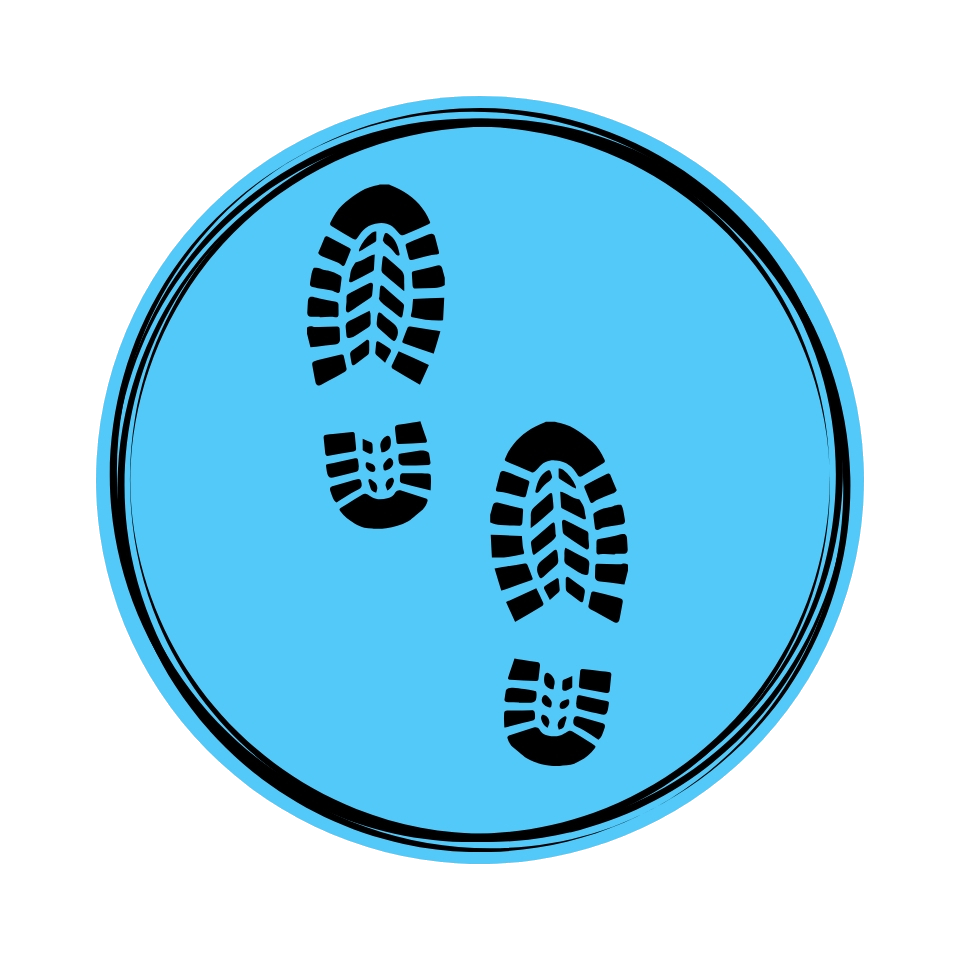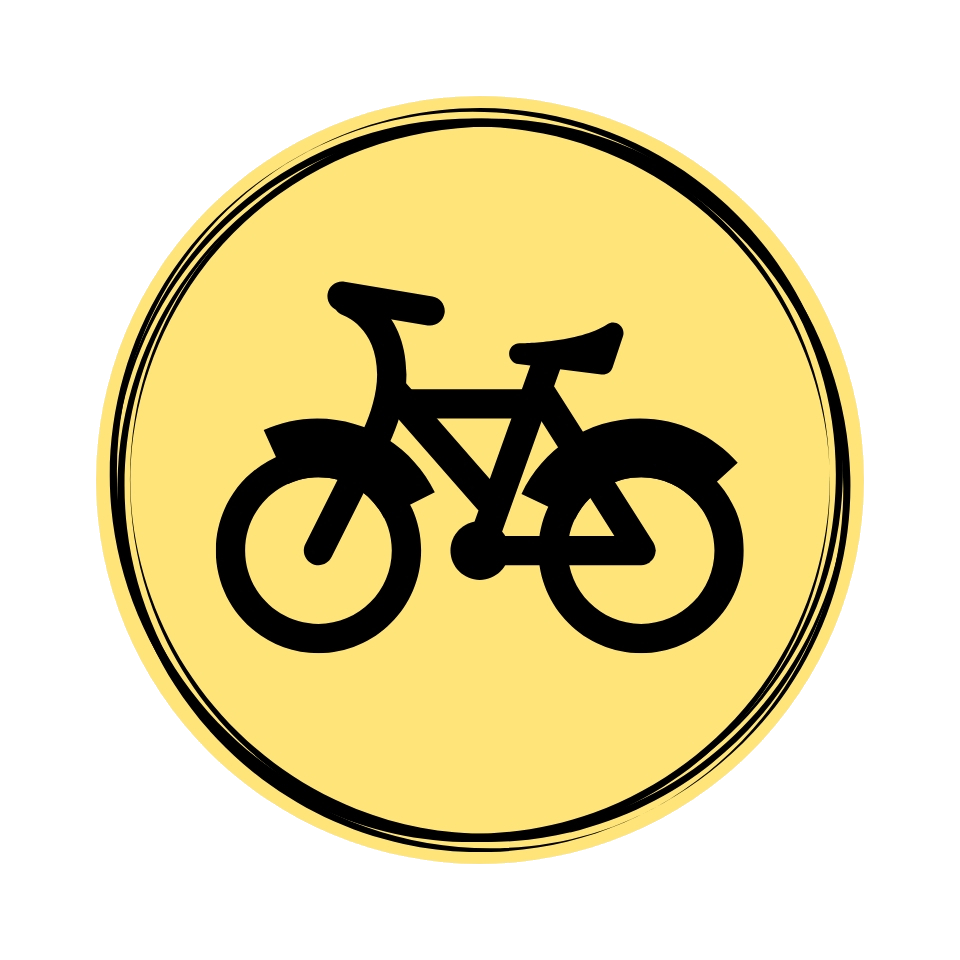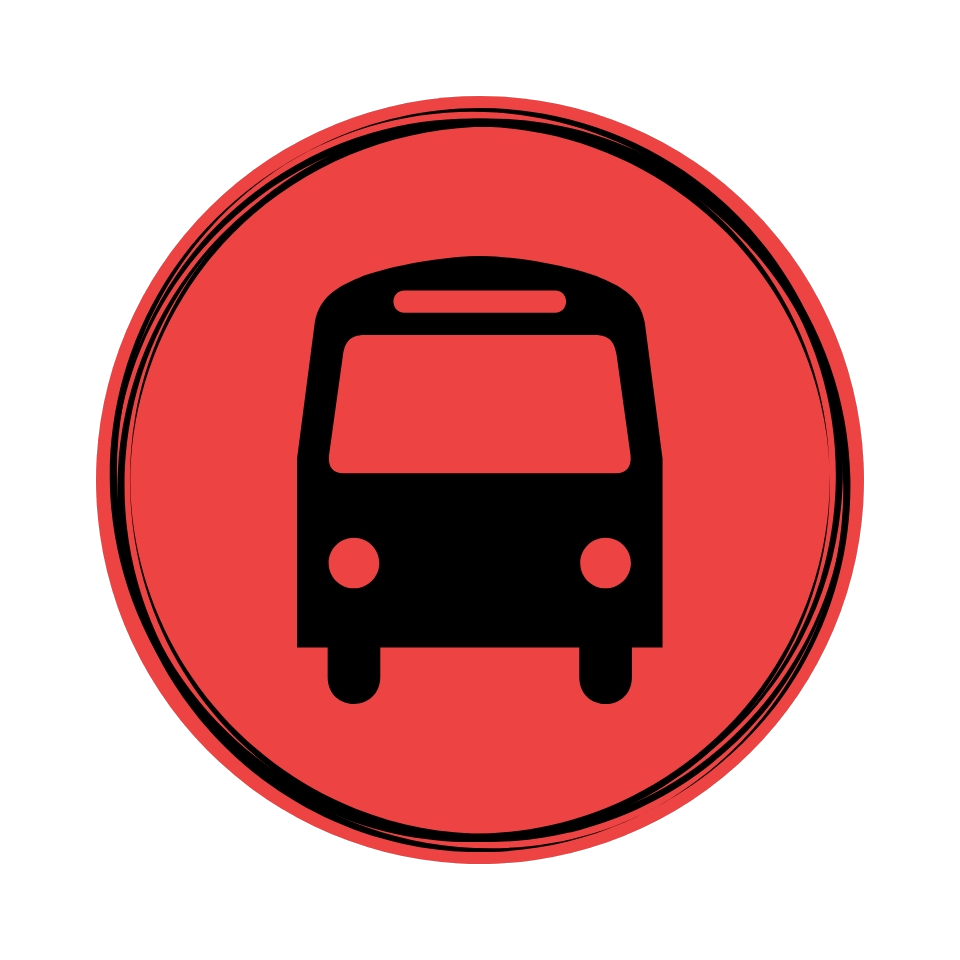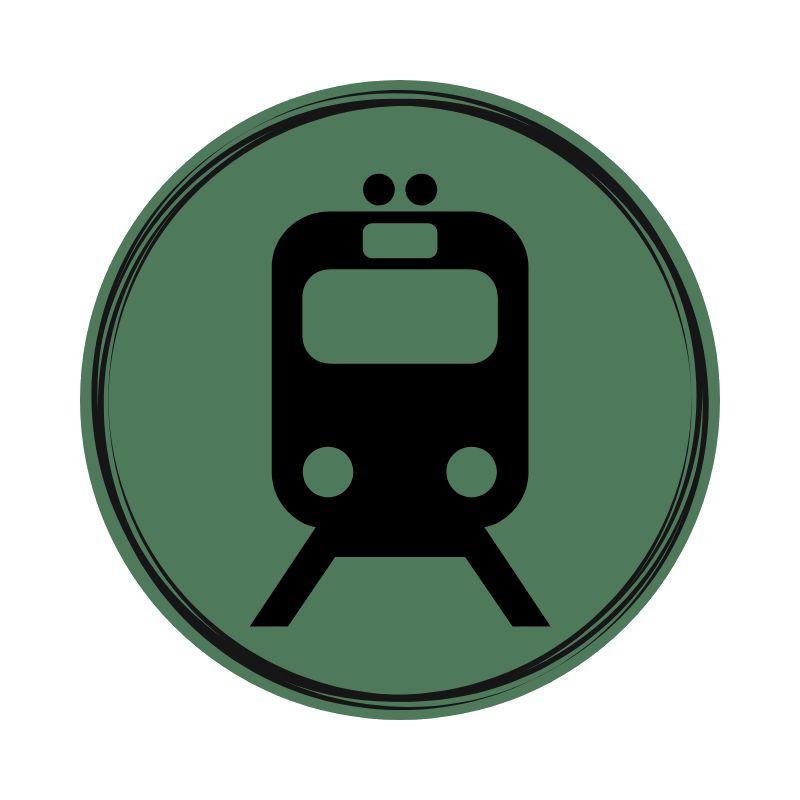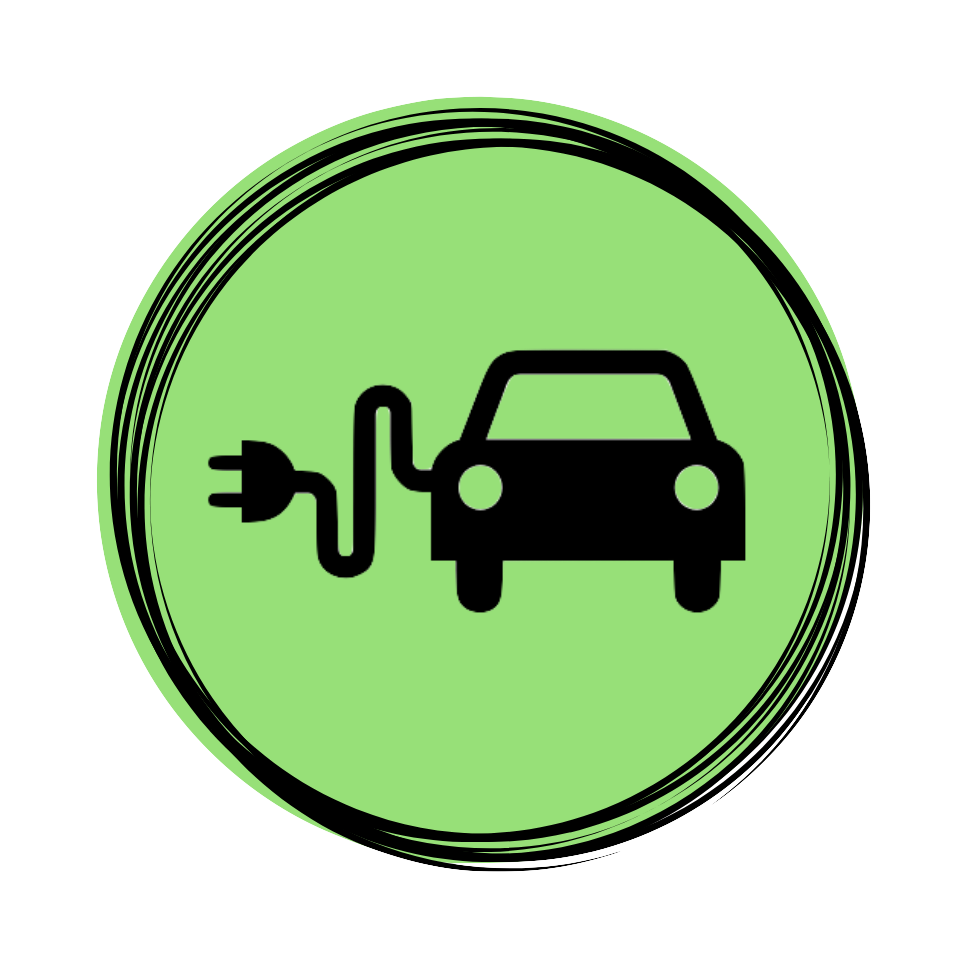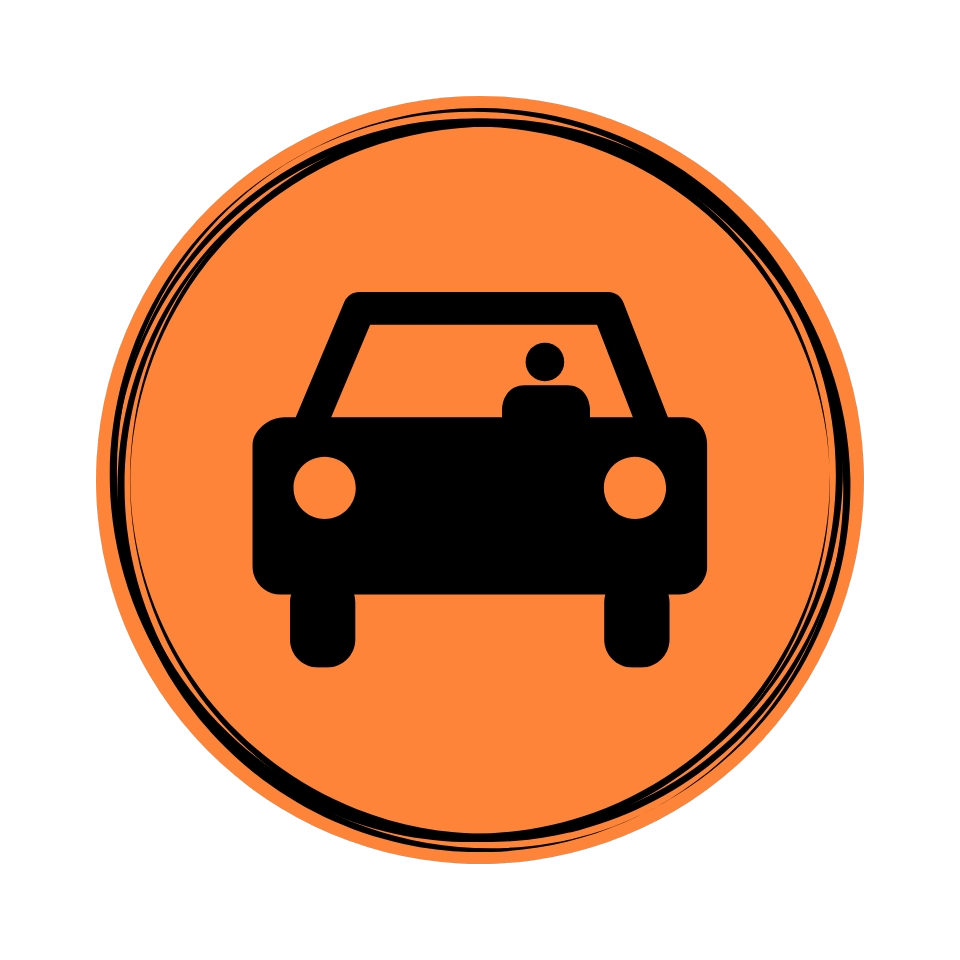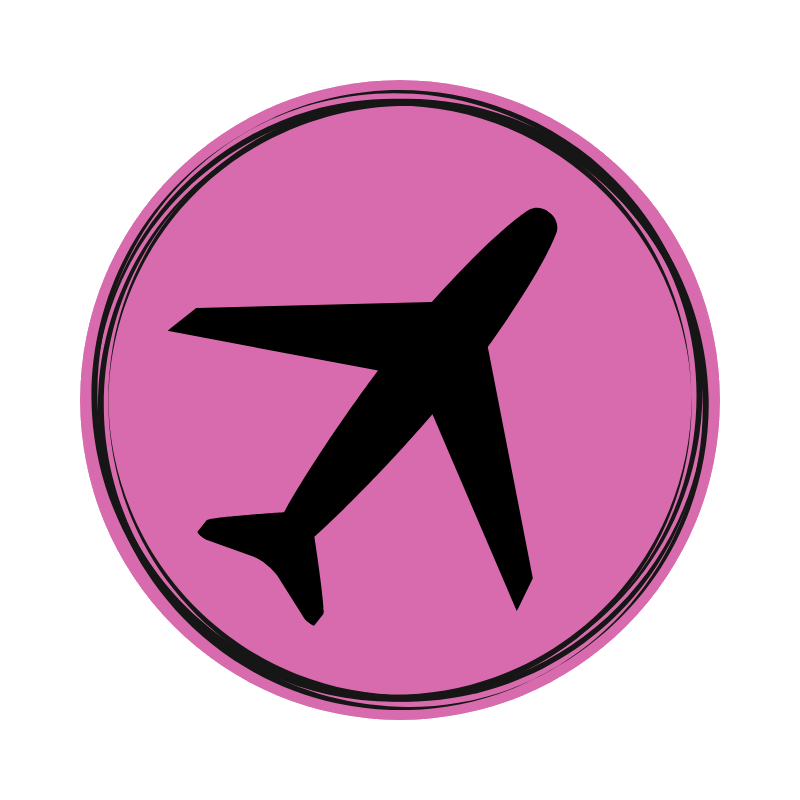There are many transportation options for navigating to each SRJC campus. From a sustainability perspective, driving alone in a conventional gas or diesel vehicle emits the greatest amount of carbon dioxide. Sustainable SRJC encourages students, staff, and faculty to adopt an alternative commute at least once a week in order to reduce greenhouse gas emissions associated with transportation to and from our campuses.
At the time of our 2017 transportation survey, we found that 64% of students and 80% of employees regularly drive alone to SRJC. There is certainly room for improvement. Students may ride free on local buses by simply showing drivers a valid Student ID card when boarding the vehicle. In addition, SRJC offers a limited number of discounted semester SMART passes available to purchase in the Santa Rosa accounting office and Petaluma student life office. Walking, biking, and other non-motorized mobility options are healthy ways to keep active and get to school.
Employees interested in commuting via transit or incorporating transit into their current routine should consider enrollment in the Commuter Benefits Program offered through the payroll office. This program allows employees to allocate monthly pre-tax dollars from their paycheck toward transit fares.
At SRJC, we strive to make access easy and equitable for all. The Disability Resources Department (DRD) facilitates equal access (for qualified students) to community college education through services, academic accommodations, and educational assistance courses in accordance with state and federal law. Students with verified disabilities are encouraged to request services through this department.
Sonoma County has a variety of transit options to get residents where they need to go without a personal vehicle. 28% of SRJC students get to campus by alternative modes. They know that a bus, train, carpool, bike, scooter or walking trip saves money and reduces the stress of commuting and parking. Students and staff can use 511.org to find the best way to get to campus.
Click the icons below to get more information about how to get around using different modes.
 Walk to School
Walk to School
Walking to school is by far the most affordable and environmental commute option. It provides some exercise, helps reduce commuter congestion, and contributes no greenhouse gas emissions.
Walk Score is a website and an app that helps users see the Walk Score of any address. Walk Score calculates the walkability of any location and shows you a map of nearby restaurants, coffee shops, grocery stores, schools, and more.
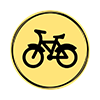 Commute by Bike
Commute by Bike
Biking to school is by far the most affordable and environmental commute option. Many paths and areas in Sonoma County are bike-friendly. You should plan to wear a helmet when cycling, and always lock your bike when you arrive at your destination. No permit is required to park your bike on campus. Bicycles must be parked by racks or in BikeLink lockers. Any bicycle parked in a hazardous manner or chained to a ramp, pole, tree, etc. may be impounded by District Police. Bicycles are NOT allowed anywhere inside buildings. Bicycles can be taken on buses and the SMART train but must be walked on pedestrian pathways for the safety of the rider and pedestrians. Cycling is allowed only on roadways and in parking lots.
Learn more at How to Get to Campus
Visit the Bike SRJC webpage for more information.
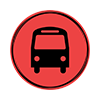 Bus Transit
Bus Transit
Any Line, Any Time... SRJC students ride FREE on local bus lines!
Santa Rosa Junior College has partnered with Sonoma County Transit, Santa Rosa CityBus, and Petaluma Transit to waive students' bus fares.
Learn more at How to Get to Campus
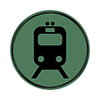 Rail Transit
Rail Transit
SRJC has partnered with SMART to provide student rail passes at a discounted rate.
Learn more at How to Get to Campus
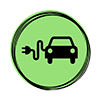 Electric Vehicle Charging
Electric Vehicle Charging
If you are a Sonoma County Junior College (SCJCD) student, faculty, or staff, and would like to charge your plug-in for up to four hours from any of the electric vehicle charging stations at Santa Rosa Campus, Petaluma Campus, Public Safety Training Center, or Shone Farm, please complete the following steps.
Learn more at How to Get to Campus
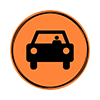 Driving Alone
Driving Alone
Driving alone, according to the 2016 US Census, ranks as Americans' second-highest expense after housing. Maintaining a private vehicle can be costly, and driving alone worsens traffic, parking shortages, and smog. For many, driving alone seems to be the only viable commuting option. Nonetheless, we hope you consider walking, biking, carpooling, or taking public transportation at least once a week to reduce your carbon footprint.
Learn more at How to Get to Campus
 Air Travel
Air Travel
In addition to the carbon emissions associated with commuting on the ground, air travel is a significant contributor to our greenhouse gas output. Sustainable SRJC is working to collect baseline data from staff and students' district-sponsored air travel in order to set emission-reduction goals.
Despite modest declines in American gasoline consumption in 2018 compared to previous years, the air travel industry is surging at a time when our window to limit catastrophic global warming is closing in. An unfortunate consequence of a growing economy is that emitting activities increase accordingly - such as manufacturing, travel, and power use.
Emissions from flying are difficult to measure, as a number of factors must be considered - including distance traveled and the age of the aircraft. Planes require a huge amount of energy just to get in the air, meaning that shorter flights can actually have a higher carbon intensity than longer ones. In addition to carbon, airplanes emit other heat-trapping particles (namely, nitrogen oxide and sulfates) at cruising altitude. Due to a lack of federal regulation on CO2 emissions in the American air travel industry, our airlines aren't as sustainable as those of countries with emission restrictions in place. Efficient aircraft and high occupancy rates improve airline rankings from Atmosfair, a German nonprofit dedicated to climate-friendly air travel; Alaska Airlines is the only US-owned company among their top 30 airlines worldwide.
With air quality listed as the leading environmental threat to public health in 2018's Environmental Performance Index, it’s time to reconsider how we fly. Individually, we can weigh alternative options when traveling, and make choices with our carbon footprint in mind. Train travel emits up to 10 times less greenhouse gas than flying, and high-speed trains can be three times more energy-efficient than regional trains. Even cars are better than airplanes when it comes to carbon. So next time you plan a trip, think about where you can go via train or car before booking that flight.
Other things to consider when traveling are your lodging accommodations and activities. Choose a destination that values sustainability, research eco-friendly hotels, and support local economies. Bring your own reusable cutlery, water bottle, mug, and food container to help limit the waste you produce and save money in the process. Keep your showers short, and turn the lights off when you leave a room - just like you would at home. We can strive to leave places better than we find them.

